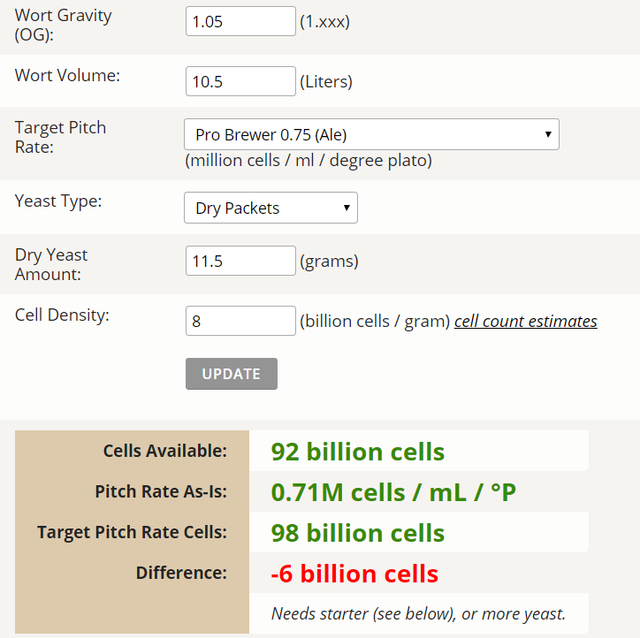I've only used S-04 once, double pitch, in a 1.092-some Old Ale (that stalled at 1.032). I didn't detect any flaws except for the sweetness due to high FG.Aside from the acetaldehyde, which I got too, the one time I used S-04, I got a bubblegum flavor.
The beer ended up being a dumper and haven't used S-04 again.
YMMV.
We tasted all our efforts before we filled the rum pickled barrel with the 10-11 kegs. We all had used the same recipe (from BCS), same ingredients, and S-04. There were small, notable differences, but found no off flavors in any of them, although some were a bit 'soapy' and one or two were at 1.012-1.014.













![Craft A Brew - Safale BE-256 Yeast - Fermentis - Belgian Ale Dry Yeast - For Belgian & Strong Ales - Ingredients for Home Brewing - Beer Making Supplies - [3 Pack]](https://m.media-amazon.com/images/I/51bcKEwQmWL._SL500_.jpg)













































